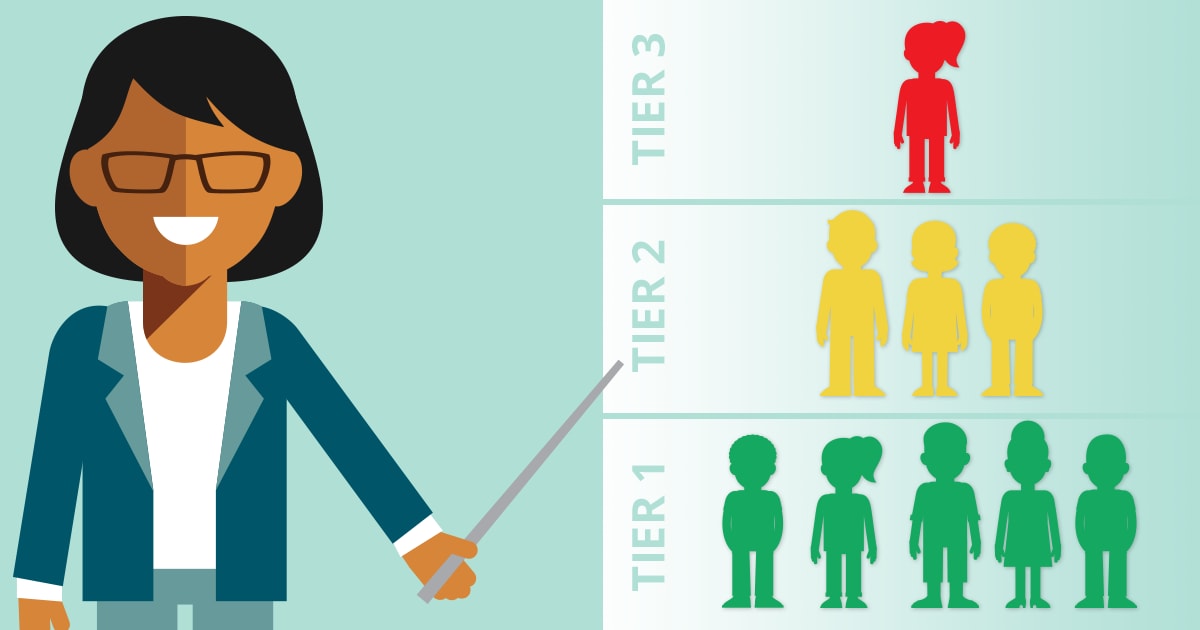You collect student data all the time. From small efforts like spot-checking for understanding and asking students to respond in class, to large endeavors like end-of-year targets, the collection of informative data is a constant in your school.
Once student data is collected, however, actionable next steps can seem uncertain.
Data is a powerful asset, but its strength and effectiveness not only rely on how it’s collected, but also when, why, and the way it’s utilized.
Using Technology to Collect Student Data
Without question, technology has raced to the front of the student data collection conversation. Creating data-driven instruction requires:
- Accurate collection and analysis of data
- Shared processes
- Consistent interpretation of results
- A continuous examination of instructional and intervention effectiveness
To meet these objectives – while still achieving everyday classroom objectives – technology has proven its ability to streamline data and provide educators with real-time feedback on student progress.
Student Achievement Depends on Streamlined, Relevant Data
Administering the right measures and assessments via the right technology can help you gather a wealth of data that:
- Identifies at-risk students early
- Informs instruction
- Monitors and reports student progress
- Reports responsiveness to intervention
- Predicts performance on key indicators
Student achievement means connecting the dots between assessments, the classroom, and individualized instruction. When this is accomplished, educators can make better, quicker decisions in the classroom.
Streamlined also means time-efficient. The process of collecting and analyzing data to inform instruction doesn’t have to be daunting, complicated, and time-consuming. When the best possible assessment data can be collected in the shortest period of time, educators and students can get back to what matters most: teaching and learning.
Drive improved learning outcomes for your students by measuring what matters and enhancing how you use data to inform instructional decisions. Discover an all-in-one benchmarking and progress monitoring system that uses both curriculum-based and standards-aligned measures. This system provides seamless assessment reporting with intervention management to make differentiating instruction more effective and efficient.





